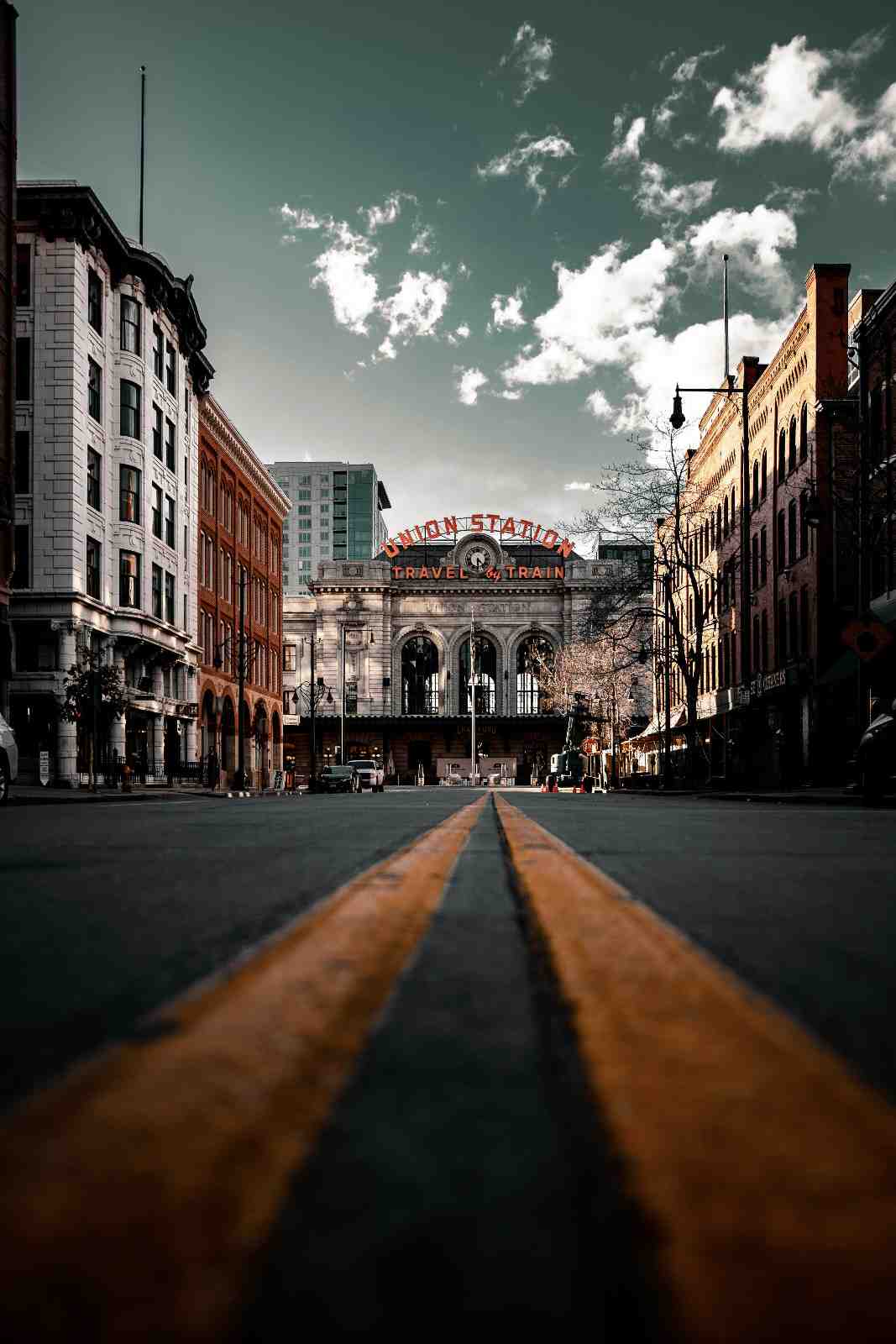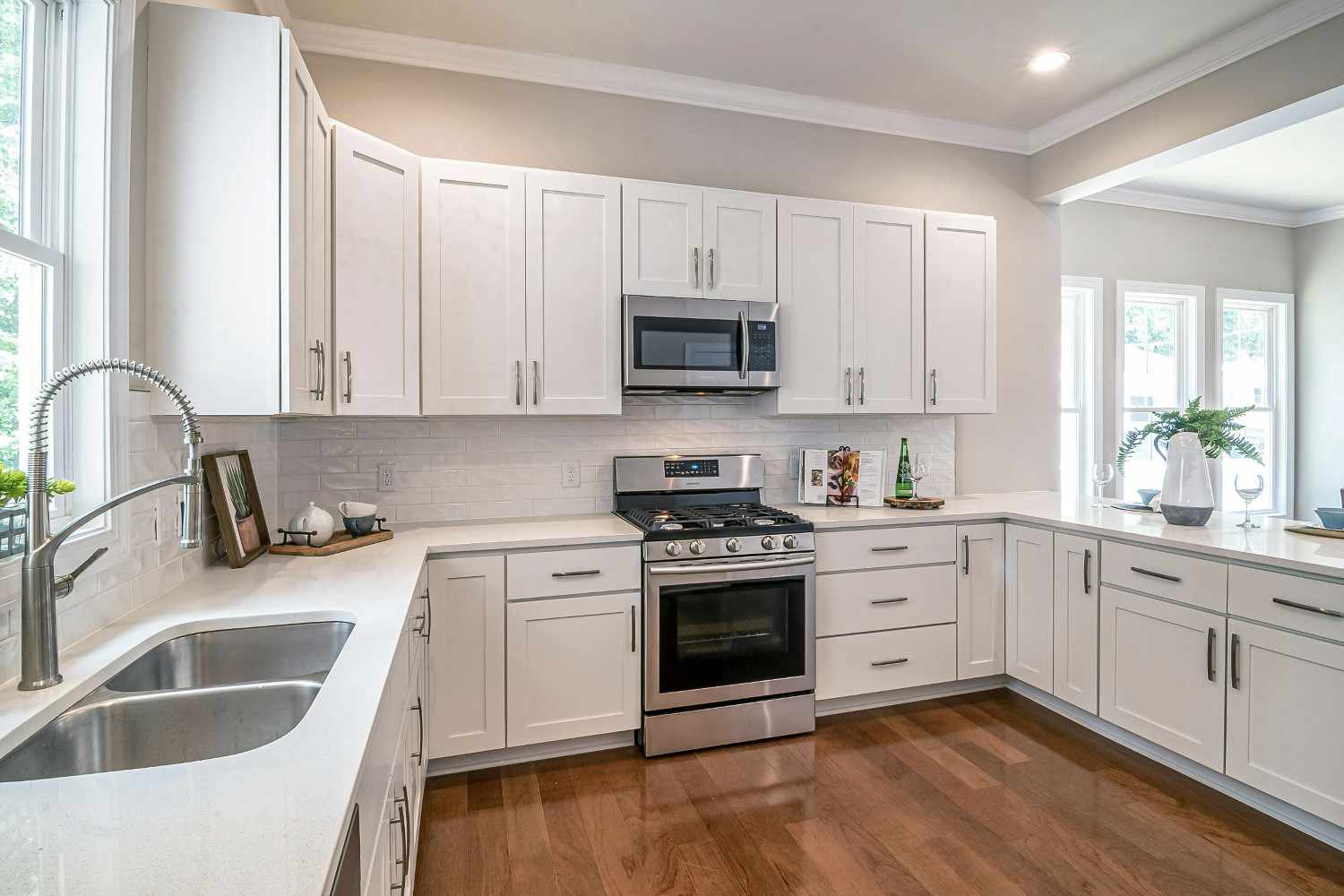Exploring the Potential of DSCR Loans for Fix-and-Flip Projects
Fix-and-flip projects have become a popular way to invest in real estate. There’s no wonder why considering that in 2022, the average gross profit on a home flip in the U.S. was $67,900. But how do investors finance these projects? While fix-and-flip loans might sound like the obvious answer, some investors are considering DSCR loans for fix-and-flip projects as well.
This article will explore the pros and cons of using DSCR loans for fix-and-flip projects to help you decide if it’s the right tool for your next real estate venture.
Understanding DSCR Loans
A DSCR loan is short for a debt-service coverage ratio loan, which measures whether a property can generate enough income to cover its debt obligations. True to its name, a main factor in qualifying for a DSCR loan is the property’s DSCR. Calculating DSCR is easy – just divide the property’s Net Operating Income (NOI) by the total debt service, including principal and interest payments. A strong DSCR is typically 1.25 or higher, but some lenders (like us at Defy Mortgage) accept a DSCR as low as 0.75.
Overview of Fix-and-Flip Projects
Fix-and-flip projects are a type of real estate investment strategy that involves buying, renovating, and then quickly reselling properties for a profit. These projects are typically short-term with the goal of turning a profit in a relatively short time frame.
Key characteristics of fix-and-flip projects include:
- Short-Term Investment: These projects are typically completed within months rather than years.
- Renovation: A big focus is on improving the property through renovations, including updating the interior, exterior, or systems.
- Resale: Once renovations are complete, the property is listed for sale with the intention of selling it for a profit.
- Short-Term Rentals (optional): Some investors may choose to rent out the property as a short-term rental while waiting for the right buyer to generate additional income during the holding period.

Should You Use DSCR Loans for Fix-and-Flip Projects?
When choosing financing for a fix-and-flip project, you have several options as a real estate investor that offer flexibility depending on your goals. While DSCR loans provide long-term financing based on a property’s income potential, fix-and-flip loans are specifically designed for short-term property renovations and quick resales – exactly what you need for a fix-and-flip project. The main advantage of a fix-and-flip loan is that the purpose of the loan aligns perfectly with the intended project. This could lead to quicker approval times and terms tailored to fast-paced renovations and sales.
However, the best loan type for you could depend on several factors, so it’s recommended to consult with a lender to explore which option best fits your needs. At Defy Mortgage, our experienced team can help you evaluate your options, review your unique needs, and choose the loan that best aligns with your investment goals.
Benefits of Using DSCR Loans for Fix-and-Flip Projects
There are several benefits of using DSCR loans for fix-and-flip projects, including:
- No tax returns or personal income is required to qualify
- Flexibility in both qualification requirements and loan terms
- Scalable for portfolio growth
- Potential for higher loan amounts depending on property’s income
- Potential for long-term use for investors who decide to hold the property
Challenges of Using DSCR Loans for Fix-and-Flip Projects
While DSCR loans for fix-and-flips can be a great financial tool, it also comes with certain drawbacks, such as:
- May be more difficult to qualify for compared to a fix-and-flip loan if the property doesn’t have strong income projections
- Limited availability and lender options
- Slightly higher interest rates
- Potential to be overleveraged
Other Fix-and-Flip Financing Options
DSCR loans can be a good financing option for some investors, but there are other options to consider for fix-and-flip projects. Here are a few other loans to consider for your next home flip:
- Fix-and-Flip Loans: As the name suggests, fix-and-flip loans are specifically designed for short-term real estate investments with flexible terms.
- Fix-and-Hold Loans: Fix-and-hold loans are ideal for investors who plan to hold onto the property for a longer period before selling.
- Construction Loans: Construction loans are another option for fix-and-flip projects since they provide financing for the construction or renovation of a property.
Choosing the right loan product can make or break your investment, and that’s why it’s best to work with a knowledgeable lender. At Defy Mortgage, we offer all of these flexible loan options and more to make sure you have the right financing solution tailored to your goals. Book a call with us today – we’re happy to help!

DSCR Loans for Fix-and-Flip Projects FAQs:
- What is a DSCR loan and how does it work?
A DSCR loan, short for debt-service coverage ratio loan, is a type of financing where the property’s income is considered for qualification rather than the borrower’s personal income. A property’s DSCR is calculated by dividing the property’s net operating income (NOI) by the annual debt service.
- Are DSCR loans typically used for fix-and-flip projects?
DSCR loans are typically used for income-generating rental properties rather than fix-and-flip projects since they rely on consistent rental income for qualification. However, for home flippers who plan to rent the property before selling, DSCR loans could be a good option.
- What are the advantages of using DSCR loans for fix-and-flip projects?
Some advantages of using DSCR loans for fix-and-flip projects are:
- No personal income or tax returns required
- Flexibility in both qualification requirements and loan terms
- Scalable for portfolio growth
- Potential for higher loan amounts
- Potential for long-term use for investors who decide to hold the property
- What are the drawbacks of using DSCR loans for fix-and-flip projects?
Some drawbacks of using DSCR loans for fix-and-flip projects are:
- Could be difficult to qualify for if the property doesn’t have strong income projections
- Limited lender options
- Slightly higher interest rates
- Potential to be overleveraged
- What are some other financing options for a fix-and-flip project?
Other financing options for a fix-and-flip project include fix-and-flip loans and construction loans. If you’re looking for flexible and tailored fix-and-flip financing options, book a call with us at Defy Mortgage and our mortgage experts would be happy to help!







